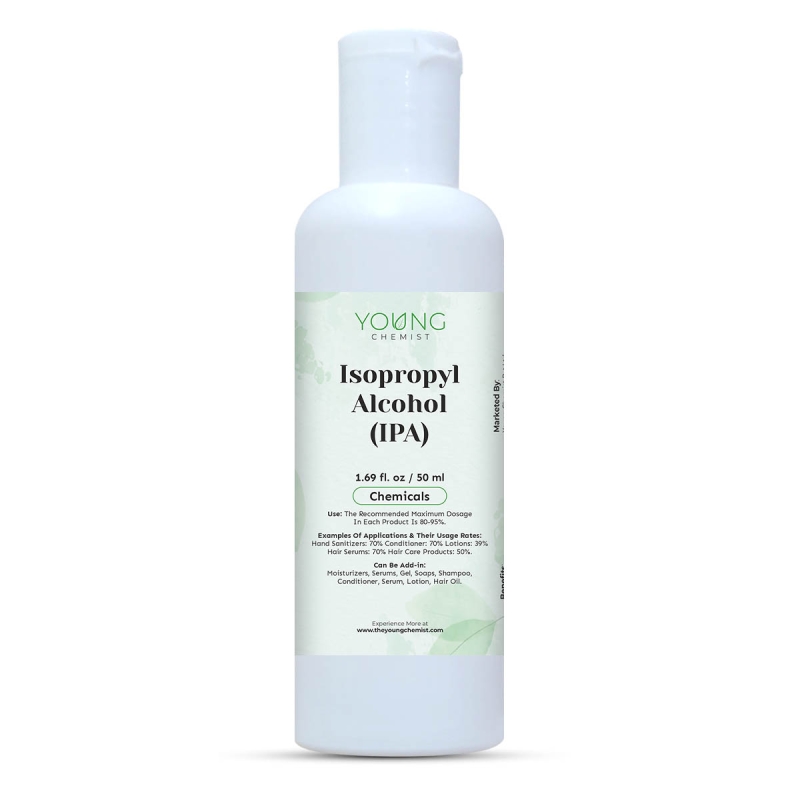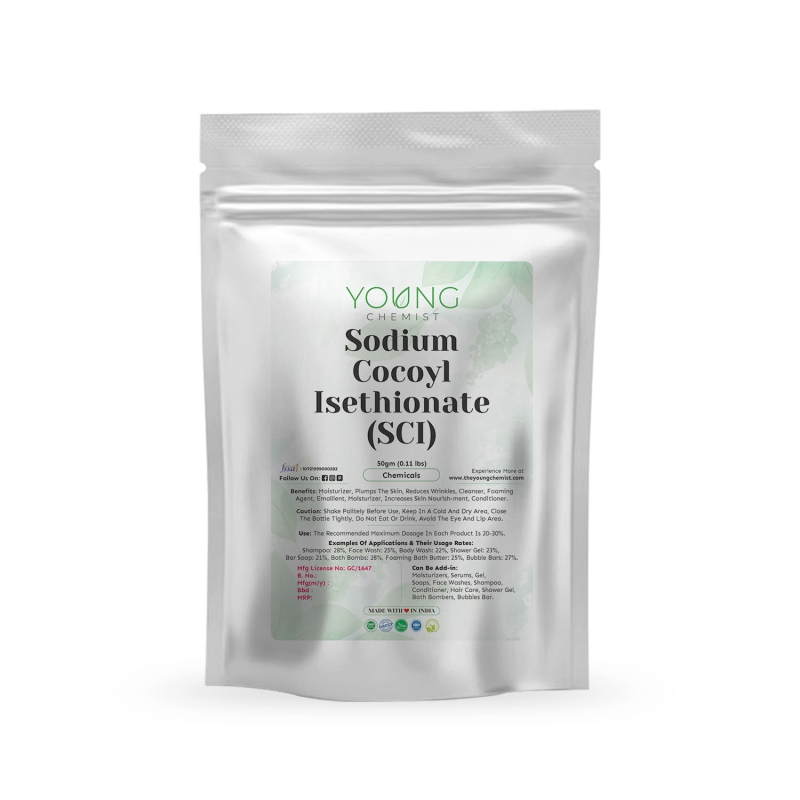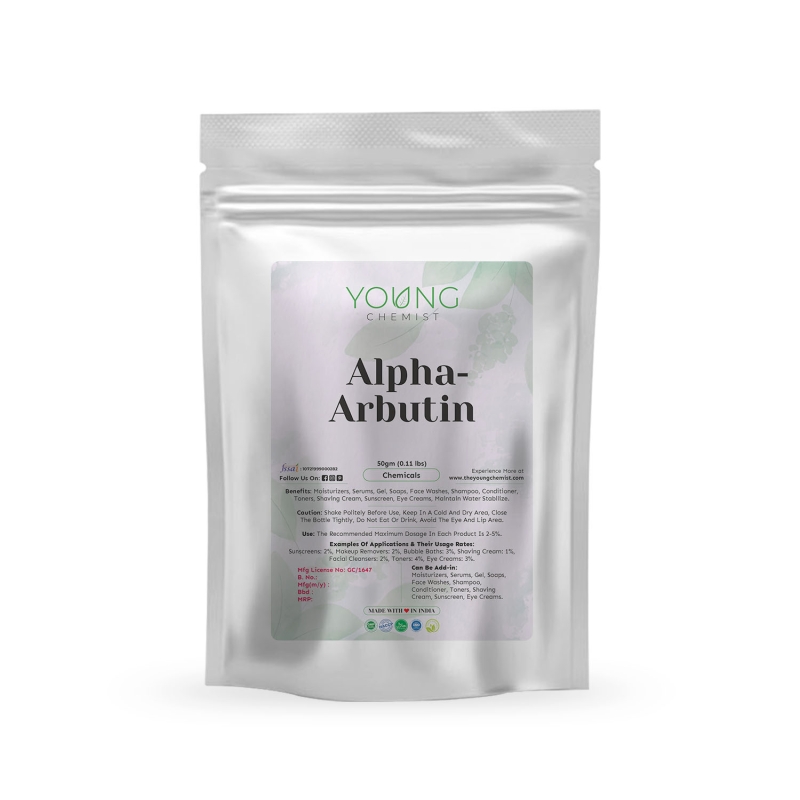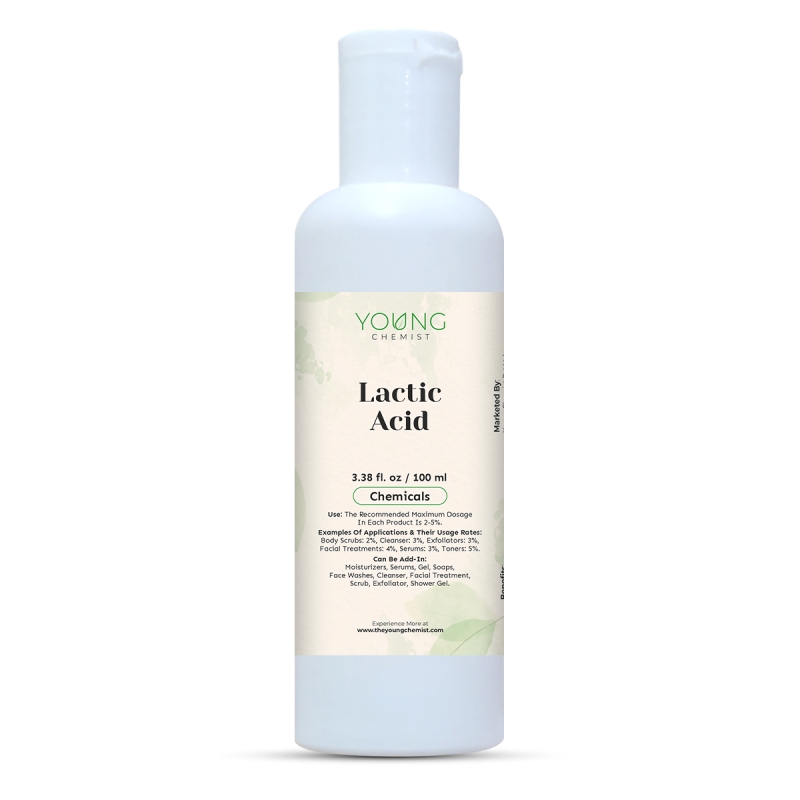-
No Item Added in Cart.
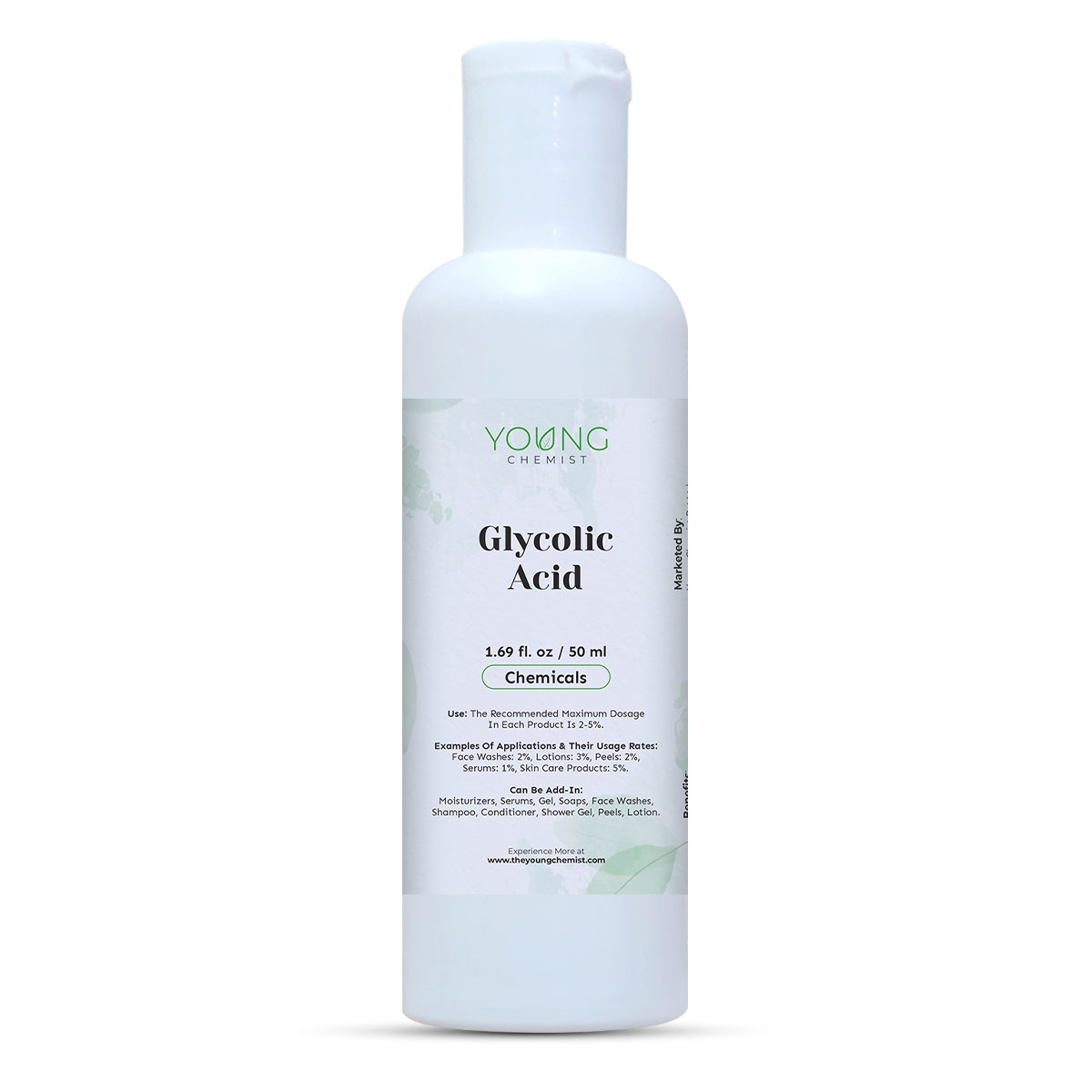
Glycolic Acid
SKU: CC-EMO-GLYCOLIC
Size

40 customers are viewing this product



Glycolic acid is a cosmetic chemical commonly used in skincare products due to its numerous benefits. It belongs to the family of alpha hydroxy acids (AHAs) and is derived from sugarcane.
Glycolic Acid is a gold-standard AHA exfoliant that helps reveal a brighter, smoother, even-toned complexion no complicated routine required. With its small molecular size, glycolic acid works on the surface to lift dull buildup, minimize the look of pores, soften the appearance of fine lines, and fade the look of post-acne marks and sun spots over time. Our cosmetic-grade Glycolic Acid toners, serums, cleansers, pads, and peels deliver effective, pH-balanced exfoliation while supporting a fresh, makeup-ready glow.
Designed for modern routines, these formulas pair glycolic with soothing humectants (hyaluronic acid, glycerin, aloe) and barrier helpers (panthenol, allantoin) to keep skin feeling comfortable, not tight. Use a toner for gentle daily polish, a serum for targeted radiance, or pre-soaked pads for on-the-go smoothness. Consistent use plus daily broad-spectrum SPF helps maintain clearer, more uniform-looking skin with refined texture and renewed luminosity.
Thoughtfully crafted and hygienically packed, our Glycolic Acid products offer reliable strength, elegant textures, and quick absorptionno heavy residue. Suitable for most skin types except very sensitive; always patch test and build up slowly to your ideal frequency.
Glycolic Acid for visible resurfacing, glass-skin glow, and easy, at-home exfoliation, a pro-inspired essential made effortless for everyday radiance.
| Title | Description |
|---|---|
| No specifications available. | |
- Patch Test: Before incorporating glycolic acid into your routine, perform a patch test on a small area of skin to check for any adverse reactions or allergies.
- Frequency: Start by using glycolic acid products once or twice a week, gradually increasing usage as your skin tolerates it.
- Cleanse: Begin with a clean and dry face.
- Application: Apply a small amount of glycolic acid product to the desired area, avoiding the eye area and any open wounds.
- Time Duration: Follow the instructions provided by the product manufacturer for the recommended time to leave the product on your skin.
- Neutralize (if applicable): If using a concentrated glycolic acid peel, some products may require neutralization with water or a provided neutralizing solution.
- Moisturize and Protect: After using glycolic acid, apply a moisturizer and sunscreen with a broad-spectrum SPF to protect your skin from potential sun damage.
Start 2–3 nights/week after cleansing on dry skin. Apply a pH-balanced glycolic toner/serum (5–10%) with fingers or a cotton pad; avoid eye/lip area. Follow with a hydrating serum and moisturizer. Increase to every other night as tolerated. For stronger products (10–15% toners/serums or peels), use weekly only. Do not mix in the same routine with strong retinoids, vitamin C (L-AA), or other potent acids; alternate nights. Always wear broad-spectrum SPF 30+ every morning. If stinging persists, buffer by applying a light moisturizer first or switch to lower strength. Discontinue on broken/over-exfoliated skin; patch test before first use.
- Exfoliation: Glycolic acid acts as an exfoliant by gently removing dead skin cells, promoting a smoother and brighter complexion. It helps to unclog pores, reduce acne breakouts, and diminish the appearance of fine lines and wrinkles.
- Skin Renewal: By encouraging cellular turnover, glycolic acid helps in the production of new collagen and elastin, which are essential for maintaining firm and youthful skin.
- Hyperpigmentation Reduction: Glycolic acid can fade dark spots, sunspots, and discoloration caused by age or sun damage, leading to a more even skin tone.
- Moisturization: It has humectant properties, attracting and retaining moisture in the skin, resulting in improved hydration levels.
- Skincare Product Penetration: By removing the top layer of dead skin cells, glycolic acid enhances the absorption and effectiveness of other skincare products applied afterwards.
Glycolic Acid is a gold-standard AHA exfoliant that helps lift dull surface buildup for instantly brighter, smoother, more even-toned skin. With its small molecular size, it refines the look of pores, softens fine lines, and gradually fades the appearance of dark spots and post-acne marks. Regular use promotes a fresh, makeup-ready glow and improves product absorption for serums and moisturizers that follow. Balanced with humectants (e.g., hyaluronic acid, glycerin), glycolic leaves skin polished yet comfortable. Suitable for most skin types (not very sensitive); always patch test and pair with daily SPF to protect results and maintain a clear, radiant complexion.
- Sensitivity: Individuals with sensitive skin may experience redness, stinging, or irritation when using glycolic acid. If these symptoms persist or worsen, discontinue use and consult a dermatologist.
- Sun Sensitivity: Glycolic acid can increase the skin's sensitivity to the sun. Therefore, it is crucial to apply sunscreen with a high SPF and avoid prolonged sun exposure.
- Combination with Other Active Ingredients: When using glycolic acid, be cautious when combining it with other active ingredients such as retinol or benzoyl peroxide, as it may increase the likelihood of skin irritation.
- Discontinue Usage: If you experience severe skin irritation, burning, or blistering, immediately stop using glycolic acid products and seek medical advice.
- Eye Area: Avoid applying glycolic acid near or around the eyes, as it can cause irritation and should not come into direct contact with sensitive eye tissue.
Remember, it is always advisable to consult a dermatologist or skincare professional before incorporating new skincare products, particularly if you have specific skin concerns or conditions.
Product Questions
Glycolic Acid is a type of alpha-hydroxy acid (AHA) derived from sugar cane. It's known for its ability to exfoliate the skin by breaking down dead skin cells, revealing fresher, smoother skin underneath. This helps improve skin texture, reduce the appearance of fine lines, and promote an even skin tone.
It depends on your skin type and the concentration of Glycolic Acid in the product. For most people, using a Glycolic Acid product 2-3 times a week is enough. If you have sensitive skin, start with once a week and gradually increase as your skin gets used to it.
Yes, Glycolic Acid can cause irritation, especially if you have sensitive skin or use a high concentration. It's normal to feel a slight tingling sensation when you first apply it, but if you experience redness, burning, or discomfort, you may need to use a lower concentration or reduce the frequency of use.
If you have sensitive skin, it's best to start with a low concentration of Glycolic Acid, around 5%, and use it less frequently, like once a week. Always do a patch test first to ensure your skin can tolerate the product without any adverse reactions.
It's generally recommended to use Glycolic Acid products at night. This is because Glycolic Acid can make your skin more sensitive to sunlight. If you do use it during the day, be sure to apply sunscreen to protect your skin from UV rays.
Yes, but be cautious. Glycolic Acid can be potent, so avoid using it with other strong acids, retinoids, or products that may cause irritation. Instead, combine it with gentle moisturizers and serums to keep your skin hydrated and balanced.
Results can vary depending on your skin type and the product's concentration, but many people start to see improvements in their skin texture and tone within 2-4 weeks of regular use. Consistency is key, so stick with your routine for the best results.
Yes, Glycolic Acid can be beneficial for acne-prone skin. It helps to exfoliate the skin, which can prevent clogged pores and reduce breakouts. However, if you have active acne, start with a lower concentration to avoid irritation.
Yes, Glycolic Acid isn't just for the face. It can be used on the body to help with rough patches, ingrown hairs, or dark spots. Look for body lotions or treatments containing Glycolic Acid and apply them to areas like the elbows, knees, or back.
If you experience a reaction, such as redness, burning, or excessive dryness, stop using the product immediately. Apply a gentle, hydrating moisturizer to soothe your skin, and avoid any other exfoliating or active products until your skin has fully recovered.


